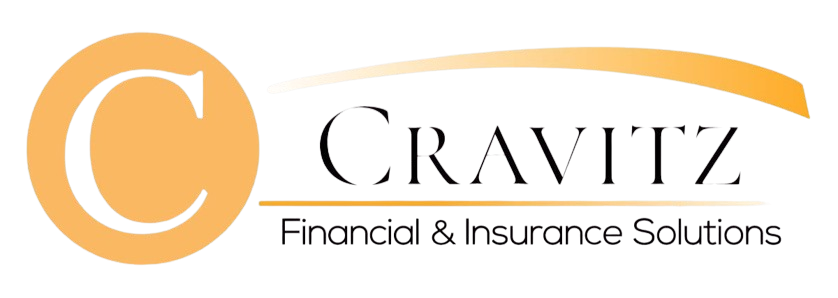A Roth IRA conversion and a contribution are not the same thing. Making a Roth IRA contribution and doing a Roth conversion are both ways to get money into a Roth IRA. However, the rules for each are very different.
Often times I have found there is confusion in this area. This short video explains what you need to know.

News You Can Use
Get actionable financial advice delivered to your inbox a few times a month.
Full Transcript:
(00:00):
Oftentimes when I recommend that we take a look at perhaps doing a Roth conversion as part of an overall strategy, I'm hit with certain questions and I find that there's a lot of confusion here in this area. In fact, I was having a conversation with a guy earlier today, similar types of questions here, and so I thought I would record this quick video just to explain how this works.
Questions that I will get a lot when I'm talking about conversions are, I thought I couldn't contribute that much money into a Roth, or I thought my income was too high and I wasn't allowed to contribute. Or now that I'm retired, I heard I can't contribute because I have to have earned income. Here's the key thing is that there's a difference between a contribution and a conversion. Now, with contributions, there are limits on how much you can contribute.
(00:57):
There are also other rules as far as how high your income can be, and if it's over that you can't make a contribution. Also, too, you have to have earned income or your spouse has to have earned income, and you need to be married and filing jointly in order to make a contribution.
Okay. So there's different rules there around contributions, but when it comes to conversions, that's a different thing. And in fact, with a conversion, there are no limits on how much you can convert. So if you had a $1,000,000 IRA and you wanted to convert the full amount all in the same year, you could but you may not want to because remember that you're going to have to pay taxes on the amount that you convert in the year that you do it. So that's a $1,000,000 dollars of additional income that you'll have to pay taxes on at ordinary income tax rates.
(01:55):
And so for a lot of people, that won't make sense. More often what folks will consider doing is a partial conversion, and then it's a matter of managing where you are within the tax brackets year by year to see if it makes sense to do a conversion there or not. But again, there are no limits on how much you can convert.
Also, it doesn't matter what your income is, it doesn't matter if it's super high and you're working or if it's super low and you're not working. There are no rules around that. So nothing that you need to be worried about there.
One other thing that you do need to be aware of is that if you are at the age where you have to take your Required Minimum Distributions, you do have to take your RMD first before you do a conversion in that year. So do be aware of that. So this is just a quick video. Hopefully this gives you the highlights of some things to consider and how that works.
If you have questions, reach out. Take care.
